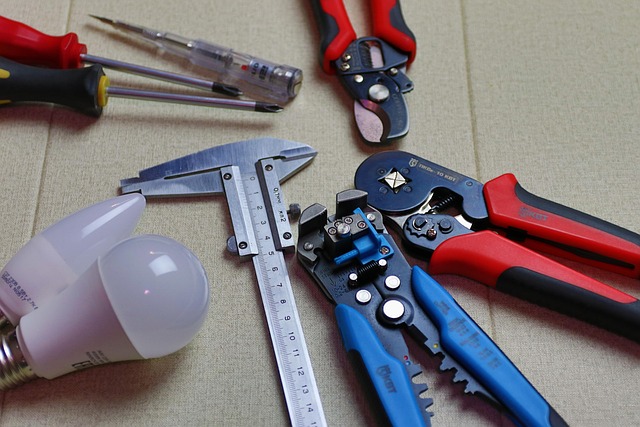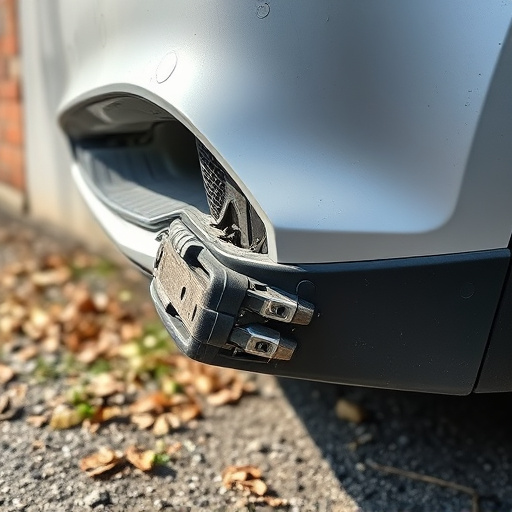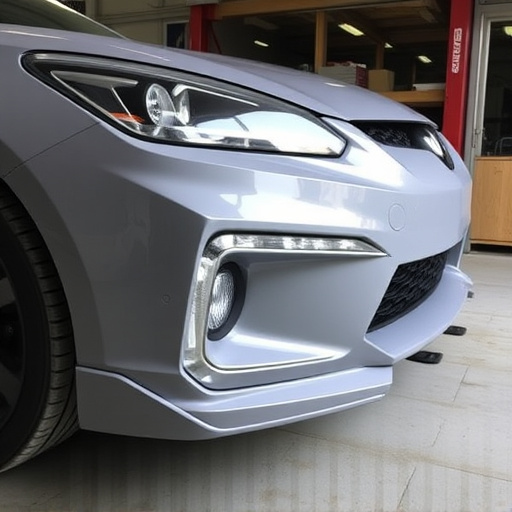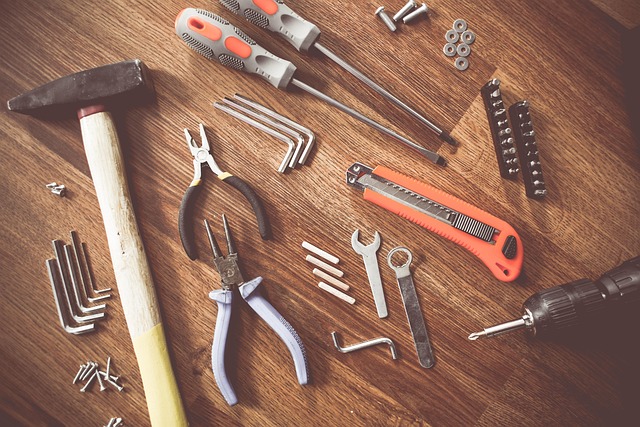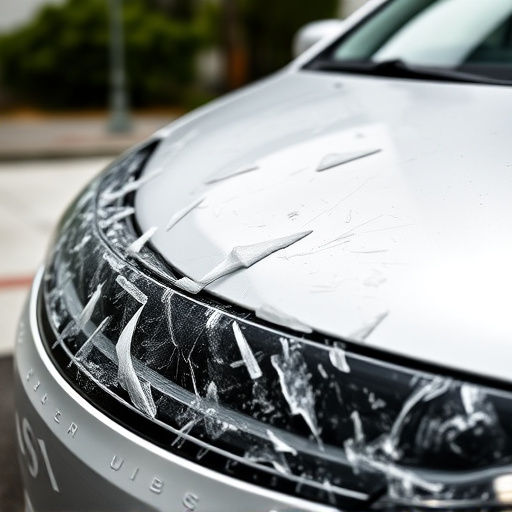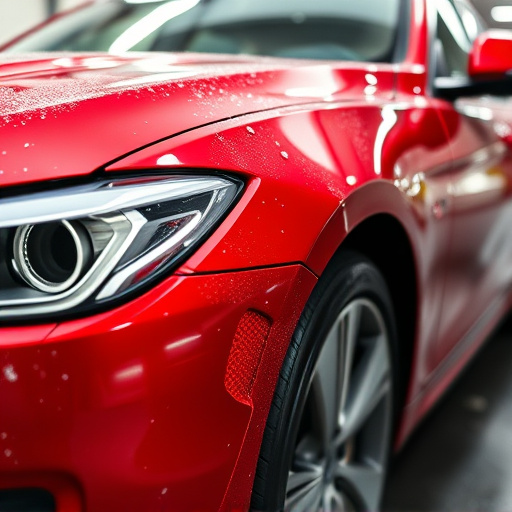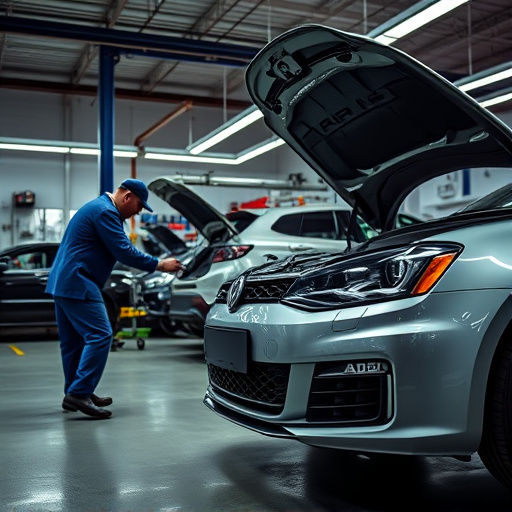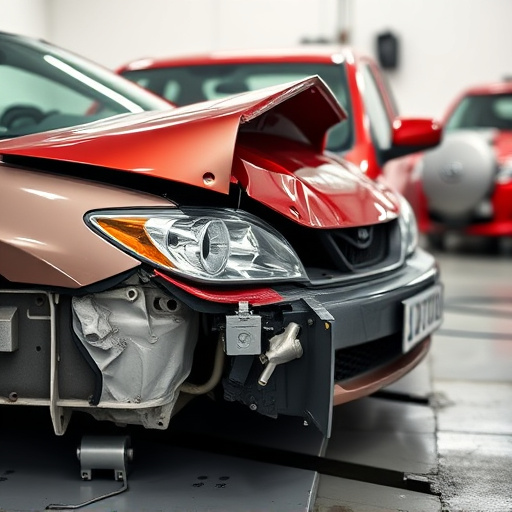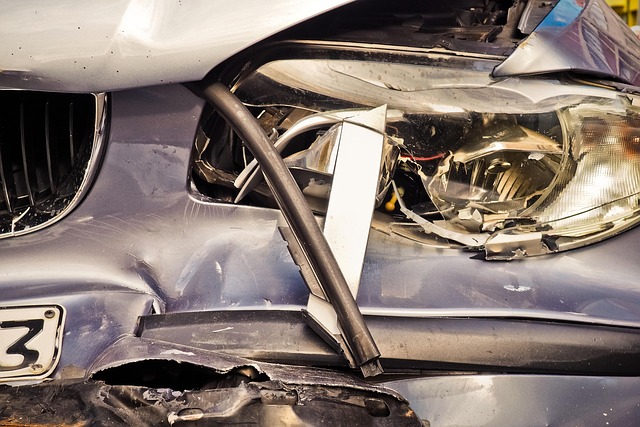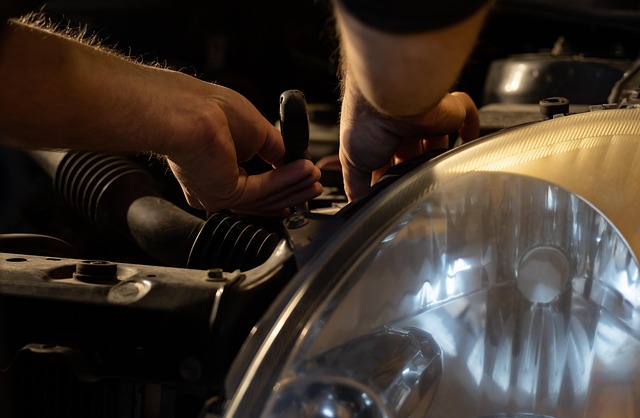Laser frame alignment is a precision engineering process using lasers to measure and adjust vehicle frames after damage for optimal performance, safety, and structural integrity. It's crucial in auto body repair, minimizing rework, costs, and post-repair issues like misaligned panels. Regular equipment calibration and clean, organized workspaces are essential for achieving accurate results akin to factory standards during intricate repairs.
Laser frame alignment is a critical process ensuring precise and effective results in various industries. This article delves into the fundamentals, highlighting why it’s essential for optimal performance. We explore the key benefits of adopting precise alignment techniques, providing insights on best practices to achieve remarkable outcomes. By understanding these concepts, professionals can revolutionize their operations through enhanced efficiency and accuracy, making laser frame alignment an indispensable tool in today’s advanced manufacturing landscape.
- Understanding Laser Frame Alignment Basics
- Key Benefits of Precise Alignment Techniques
- Best Practices for Achieving Optimal Results
Understanding Laser Frame Alignment Basics
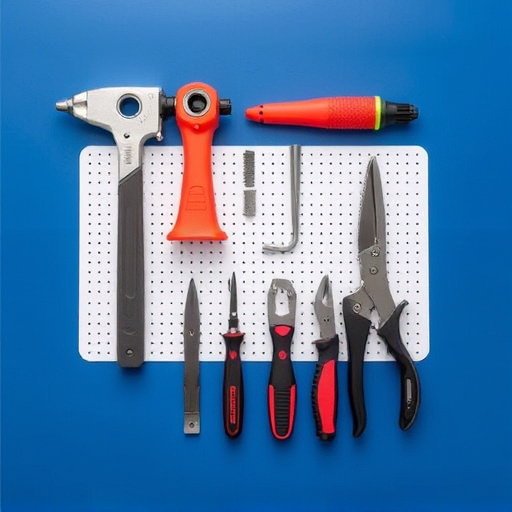
Laser frame alignment is a precision engineering process that ensures vehicles’ structural integrity and safety after hail damage repair or other forms of automotive repair services. It involves using advanced laser technology to accurately measure and adjust the vehicle’s chassis, panels, and components back to their original specifications. This meticulous procedure is crucial for maintaining the vehicle’s overall performance, handling, and appearance, especially following vehicle repair services.
The process begins with a comprehensive scan of the vehicle’s frame and body panels using high-precision lasers. This data is then fed into specialized software that analyzes the results, identifying any deviations from the original design. Skilled technicians use this information to make precise adjustments, often employing specialized equipment like hydraulic presses and robotic systems. By minimizing these misalignments, laser frame alignment not only enhances the vehicle’s structural stability but also guarantees optimal performance for all associated automotive repair services and prevents future issues related to handling dynamics or cosmetic imperfections.
Key Benefits of Precise Alignment Techniques
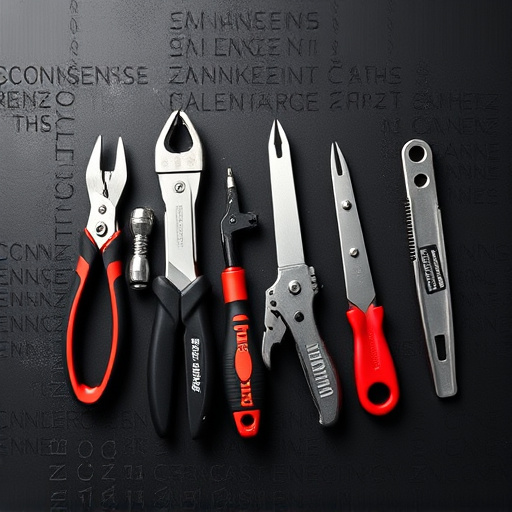
In the realm of auto body repair and automotive restoration, achieving precise laser frame alignment is no longer an option—it’s a necessity. This advanced technique ensures that every component of a vehicle’s bodywork is perfectly aligned, which has numerous key benefits. Firstly, it minimizes post-repair issues like uneven paint jobs or misaligned panels, enhancing the overall quality of work. Moreover, it significantly reduces the time and cost associated with reworking due to misalignments, making it an efficient solution for both professionals and enthusiasts engaging in vehicle bodywork.
Additionally, laser frame alignment guarantees that a restored vehicle retains its original structural integrity and safety standards. This is especially crucial for preserving the safety of drivers and passengers during accidents or impacts. In terms of automotive restoration projects, precise alignment can even help retain the vehicle’s historical authenticity, as it ensures that every detail is meticulously preserved, making these classic cars true testaments to their original designs.
Best Practices for Achieving Optimal Results

To achieve optimal results with laser frame alignment, several best practices should be followed. Firstly, ensure that your equipment is regularly calibrated and well-maintained. This guarantees accuracy in measurements, which is crucial for precise adjustments during auto body repair or car scratch repair processes. Proper calibration also extends the lifespan of your tools, ensuring they remain efficient over time.
Secondly, when working in an auto body shop, create a clean and organized workspace. Cluttered areas can lead to inaccuracies and potential safety hazards. Additionally, use high-quality reference frames and markers for alignment purposes. These aids provide a consistent and reliable foundation, especially during complex repairs, helping technicians achieve seamless results that rival factory standards.
Laser frame alignment is not just a technical detail—it’s the key to unlocking the full potential of your projects. By understanding the basics, leveraging precise techniques, and adhering to best practices, you can ensure optimal results in various industries. Implementing these strategies will enhance accuracy, efficiency, and overall productivity, making laser frame alignment an indispensable tool for achieving success.
